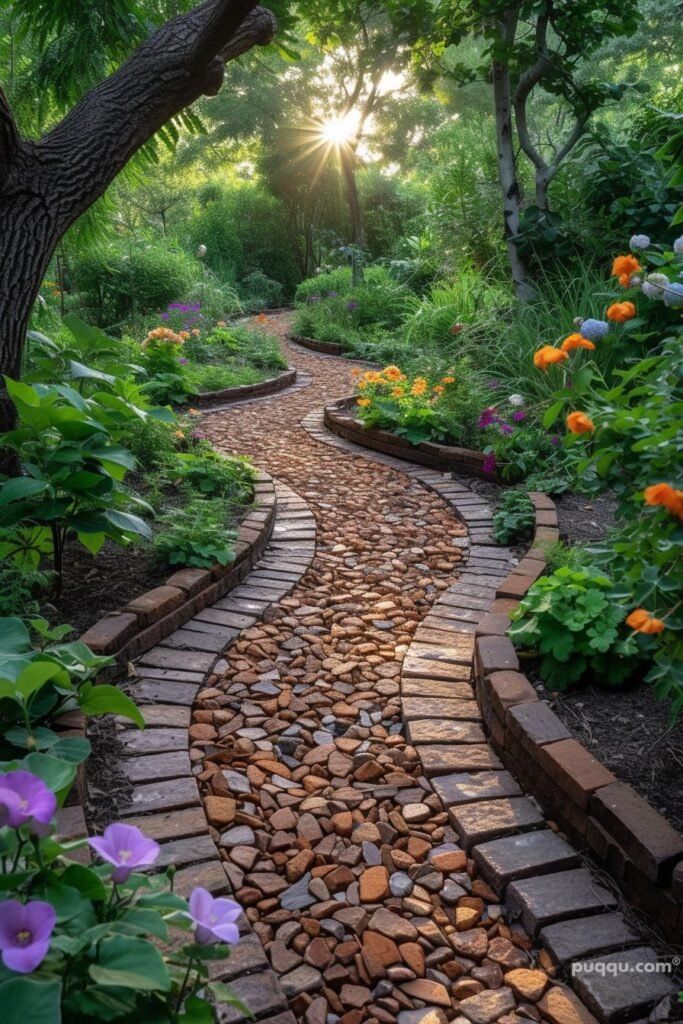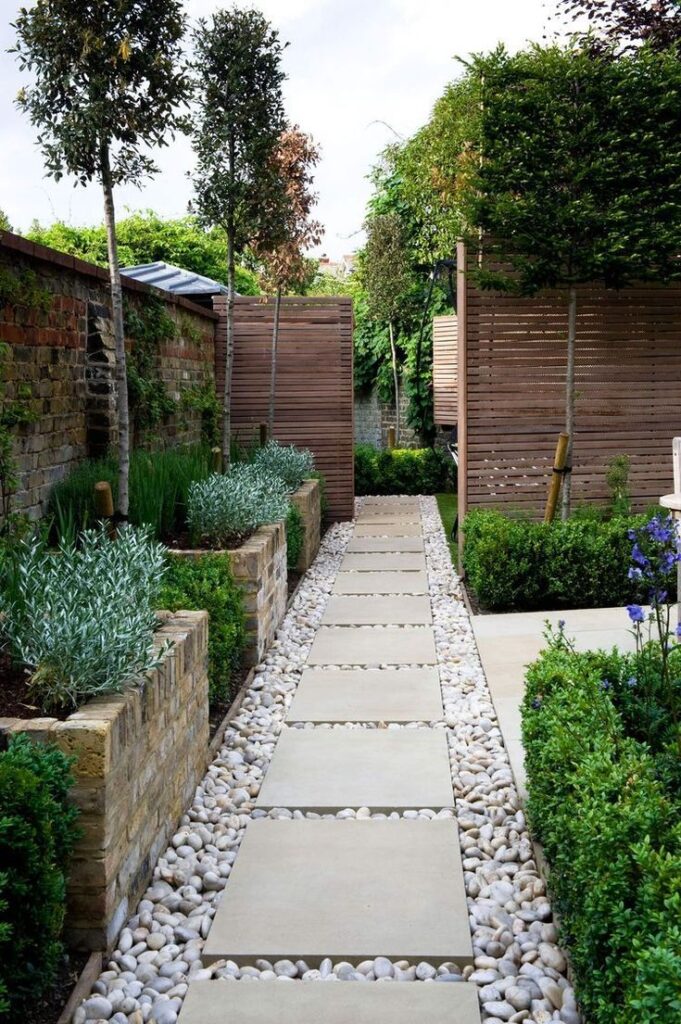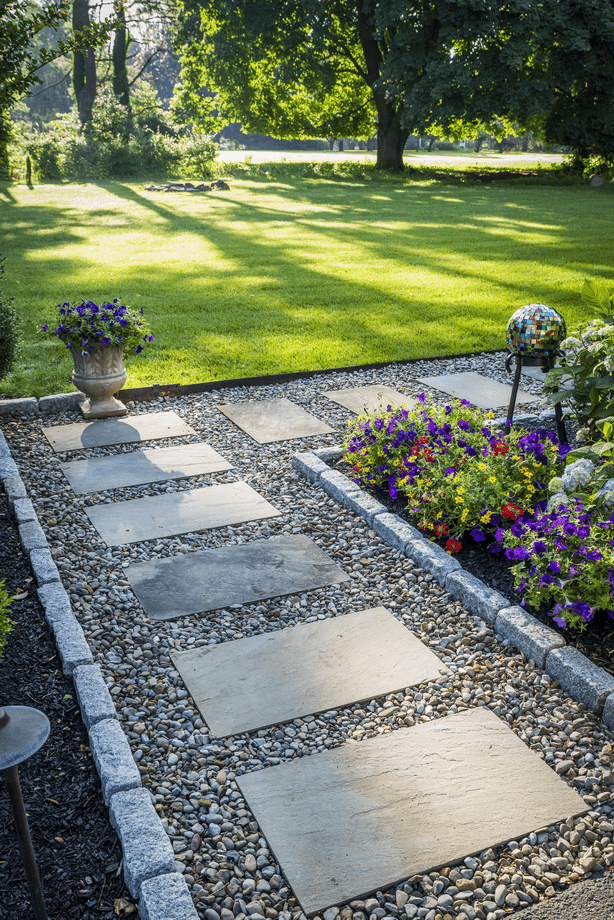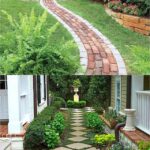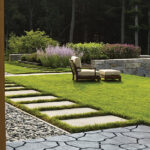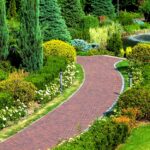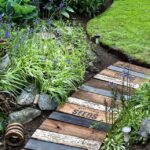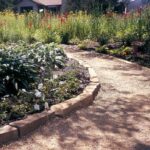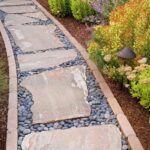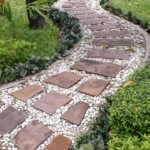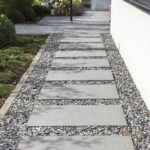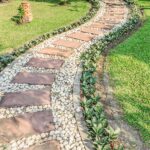Landscaping pathways are an essential element in any outdoor space, providing both functionality and aesthetic appeal. There are many creative ideas to consider when designing a pathway that complements the overall look and feel of your landscaping.
One popular pathway idea is the use of natural stone pavers. These can create a rustic and welcoming feel, perfect for a garden or backyard oasis. Choose flat and smooth stones for a more modern look, or opt for irregular shapes for a more organic and natural appearance. Stone pavers can be arranged in a variety of patterns, such as herringbone or basketweave, to add visual interest.
Another option is to use gravel or crushed rock as a pathway material. This is a cost-effective and low-maintenance choice that can complement a variety of landscaping styles. Gravel pathways can be edged with bricks or pavers to create a defined border and prevent the rocks from spilling onto the surrounding landscape. This is a great option for a more informal and relaxed backyard setting.
For a more contemporary and minimalist look, consider using concrete or exposed aggregate for your pathway. These materials are durable and can be molded into various shapes and sizes to suit your design preferences. Concrete pathways can be stained or stamped to add texture and visual interest, or left in its natural form for a more industrial feel.
If you want to add a touch of whimsy to your landscaping, consider incorporating winding pathways that meander through your outdoor space. Curved pathways can create a sense of mystery and discovery, leading visitors on a journey through your garden or backyard. This design element can be enhanced with the addition of arches, pergolas, or trellises covered in climbing plants for a fairy-tale-like atmosphere.
For a more formal and elegant look, consider using brick or cobblestone for your pathway. These materials are classic and timeless, perfect for traditional gardens or historic homes. Brick pathways can be laid in a herringbone or running bond pattern, while cobblestone pathways can be arranged in a random or uniform design to add charm and character to your landscaping.
No matter which pathway idea you choose, it’s important to consider the overall design and layout of your outdoor space. Pathways should be functional and practical, providing easy access to different areas of your yard or garden. They should also complement the architecture of your home and the surrounding landscaping, creating a cohesive and harmonious outdoor environment. With a little creativity and imagination, you can transform your outdoor space with a beautiful and inviting pathway design.
